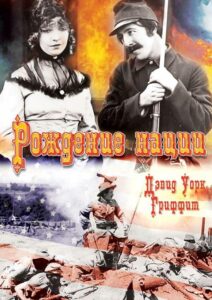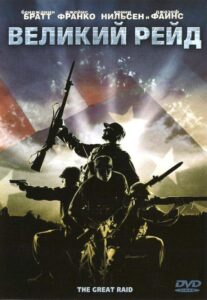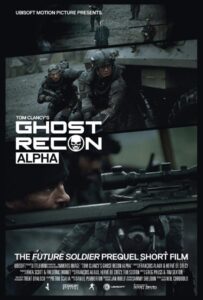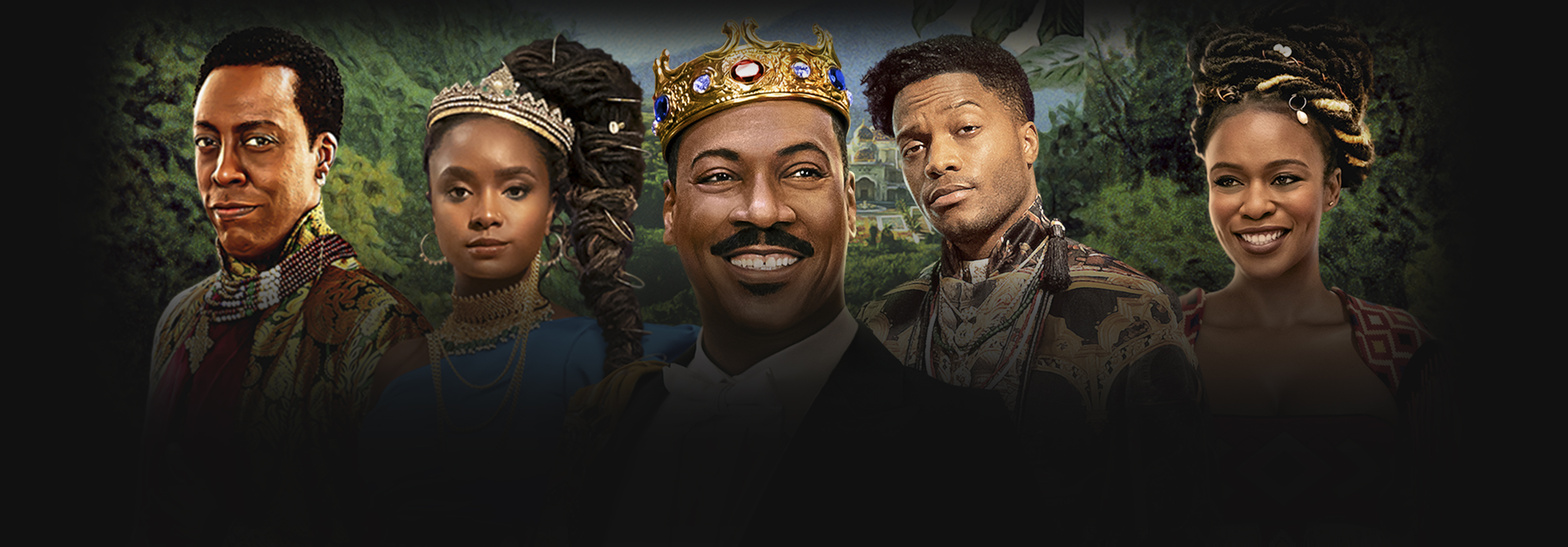Exploring Historical Cinematic Masterpieces: War Movies Similar to The Birth of a Nation (1915)
Released in 1915, The Birth of a Nation stood as a controversial yet pivotal film in American cinema, depicting the American Civil War and its aftermath. Directed by D.W. Griffith, the film showcases significant themes of racial tension and societal conflict, sparking dialogues that are still relevant today. While it is crucial to recognize the film’s historical context and its problematic elements, many war films share similar intense narratives and explorations of conflict, patriotism, and the human condition. Below is a list of ten war movies that, like The Birth of a Nation, delve deeply into the chaos of warfare and its profound impact on society.
- Gone with the Wind (1939) — Set during the American Civil War, this iconic film tells the story of Scarlett O’Hara, exploring themes of love and loss against the backdrop of a nation torn apart.
- All Quiet on the Western Front (1930) — A heart-wrenching portrayal of World War I soldiers, this film highlights the brutal realities of war, challenging glorified notions of battle.
- Saving Private Ryan (1998) — Renowned for its realistic depiction of World War II, this film captures the harrowing experiences of soldiers during the D-Day invasion, emphasizing camaraderie and sacrifice.
- Apocalypse Now (1979) — An adaptation of Joseph Conrad’s novella, this film explores the psychological toll of the Vietnam War through a surreal lens, revealing the darkness within humanity.
- Platoon (1986) — A raw narrative about the Vietnam War, this critically acclaimed film provides a realistic look at soldiers’ experiences, shedding light on moral complexities during combat.
- 1917 (2019) — Shot in a unique continuous style, this World War I film follows two soldiers on a perilous mission to deliver vital messages, capturing the urgency and intensity of wartime efforts.
- Full Metal Jacket (1987) — Stanley Kubrick’s exploration of the Vietnam War reveals the dehumanizing aspects of military training and combat, reflecting the psychological struggles of soldiers.
- Black Hawk Down (2001) — Based on a true story, this film depicts the 1993 Battle of Mogadishu, focusing on the chaos and tactical challenges faced by U.S. troops in Somalia.
- Letters from Iwo Jima (2006) — This intimate portrayal of Japanese soldiers during World War II provides a unique perspective on war, exploring themes of honor, duty, and sacrifice.
- Tora! Tora! Tora! (1970) — A dramatization of the events leading up to the Pearl Harbor attack, this film presents both American and Japanese perspectives, highlighting the complexities of war.
Each of these films, while exploring different time periods and conflicts, share an underlying examination of the human experience during war. They encapsulate moments of heroism, despair, and the timeless consequences of conflict, echoing the narratives that The Birth of a Nation sought to illuminate—albeit through a lens that speaks to various historical truths. For cinephiles and those interested in the intersection of history and film, these selections offer profound insights and moving experiences.
10 Fascinating Facts About The Birth of a Nation (1915)
The Birth of a Nation, directed by D.W. Griffith, is often regarded as one of the most controversial films in cinematic history. Released in 1915, it has sparked significant conversations about race, representation, and the evolution of filmmaking. Here are ten interesting facts about this influential, yet contentious, film that shaped the future of cinema.
- Innovative Filmmaking Techniques: The Birth of a Nation is credited with introducing several groundbreaking cinematic techniques, such as the use of close-ups, cross-cutting, and an elaborate narrative structure that paved the way for modern filmmaking.
- Box Office Success: Upon its release, the film was a commercial triumph, grossing over $10 million at the box office, which was an astounding figure for that era. This success helped establish the viability of feature-length films.
- A Controversial Narrative: The film is notorious for its portrayal of race relations and its sympathetic depiction of the Ku Klux Klan, which has led to widespread criticism and discussions about its impact on American society and race perception.
- Historical Adaptation: The Birth of a Nation is based on the novel «The Klansman» by Thomas Dixon Jr. While it claims to represent historical events during and after the Civil War, many historians argue that it is heavily biased and factually inaccurate.
- First Feature-Length Epic: As one of the first feature-length films, The Birth of a Nation not only expanded film storytelling but also established a precedent for the epic genre of filmmaking by showcasing a vast scope of American history.
- Impact on the KKK: Following the film’s release, the KKK experienced a resurgence in popularity, significantly influencing American culture and politics during the early to mid-20th century.
- Silent Era Masterpiece: The Birth of a Nation was produced during the silent film era and features an orchestral score that considerable enhances its emotional impact, further demonstrating Griffith’s pioneering vision in film production.
- Screening Restrictions: Due to the film’s inflammatory content, many cities and states imposed bans or restrictions on screenings, leading to protests and debates about freedom of speech and artistic expression.
- Preservation of Film History: In 1992, The Birth of a Nation was selected for preservation in the U.S. National Film Registry by the Library of Congress, recognizing its significance despite its controversial nature.
- A Catalyst for Change: The backlash against The Birth of a Nation helped fuel the creation of the NAACP (National Association for the Advancement of Colored People) and sparked conversations about racial representation in cinema that continue today.
The Birth of a Nation remains an essential part of film history, representing both groundbreaking achievements in cinematography and a challenging conversation about race and representation. When considering its impact, it is crucial to engage critically with its themes and context, understanding both its artistic contributions and the social ramifications that followed its release.

















Оставь свой отзыв 💬
Комментариев пока нет, будьте первым!